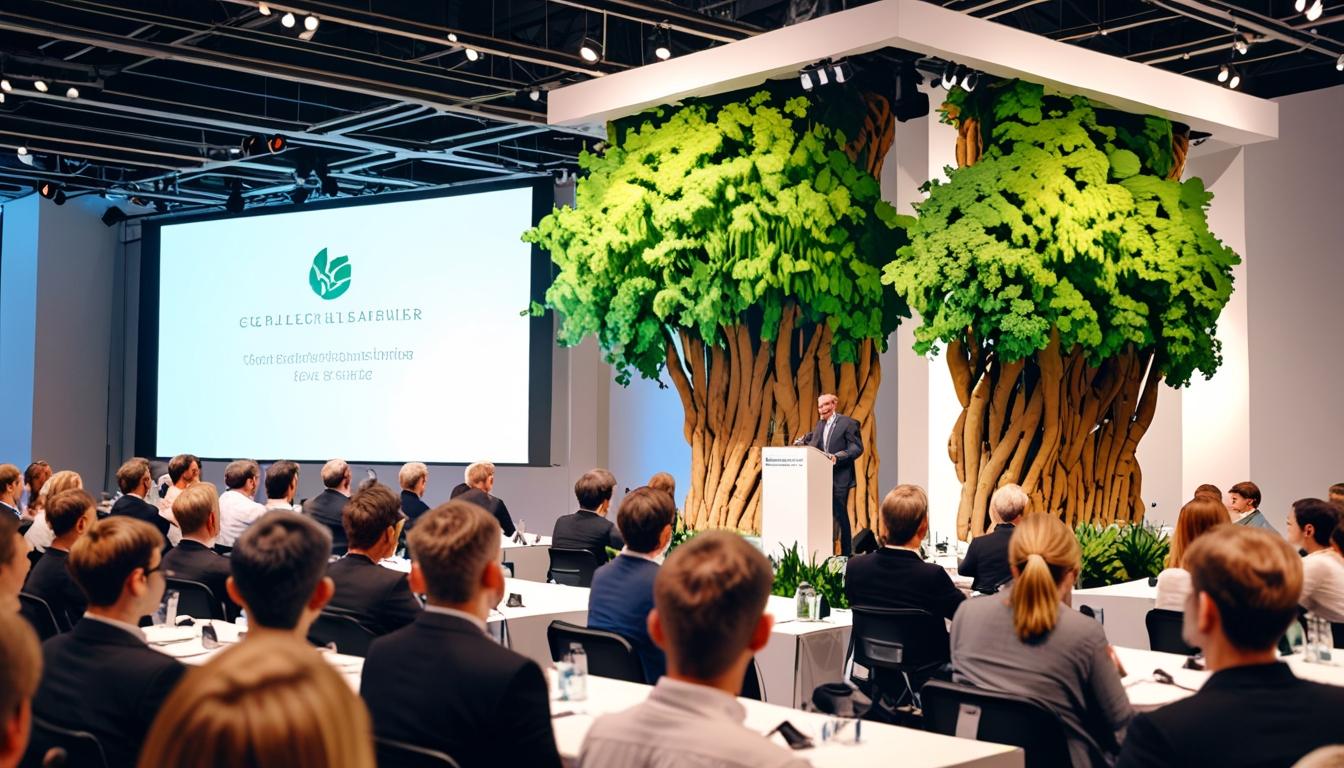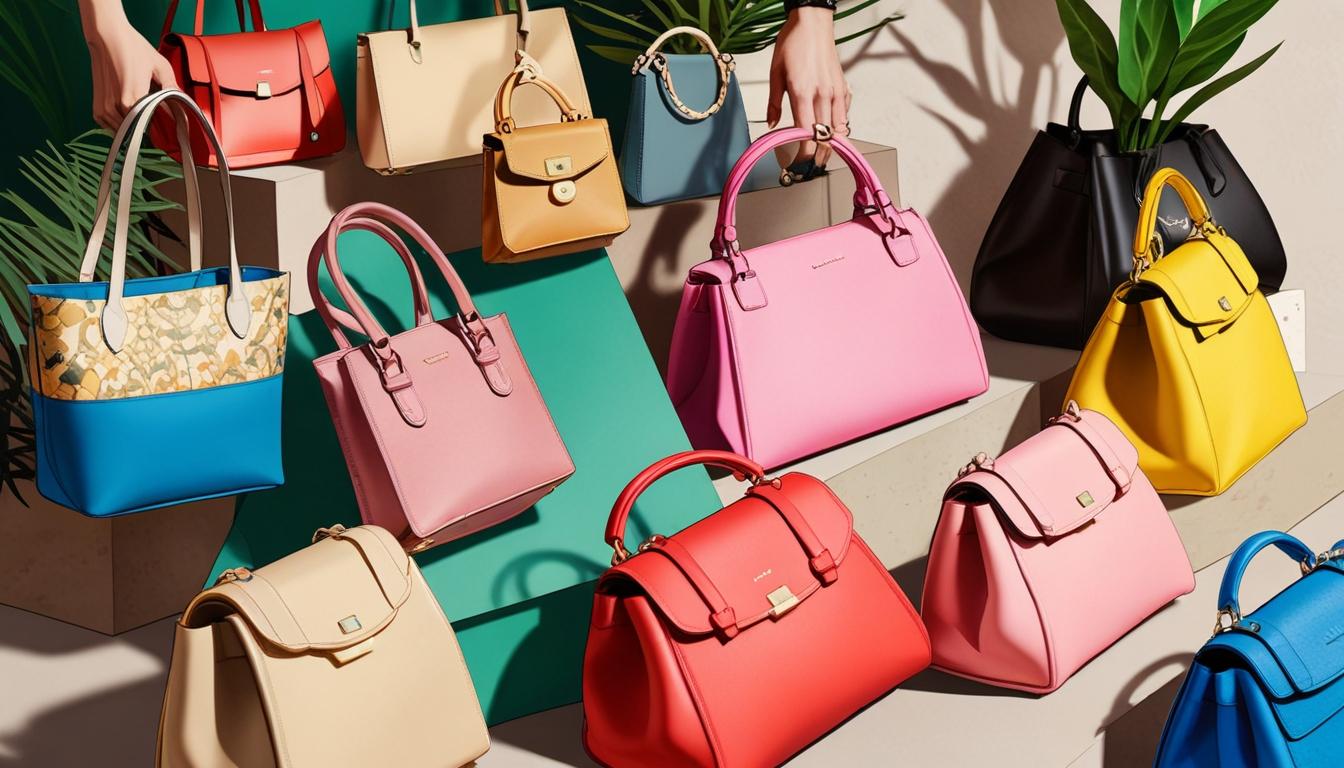The Cellulose Fibres Conference 2025 brought together global leaders to discuss sustainability and innovations in cellulose fibre production.
The Cellulose Fibres Conference 2025 (CFC 2025) took place on March 12-13 in Cologne, Germany, bringing together around 200 participants from 22 countries, including industry leaders, innovators, and researchers. This hybrid event underscored the increasing global emphasis on sustainability within the cellulose fibre sector, particularly in textiles, hygiene products, and packaging.
Discussions at the conference primarily highlighted the significant shift towards environmentally responsible practices in the textile industry. Key topics included the various sources for cellulose fibre production, such as wood-based chemical pulp, agricultural waste, recycled textiles, and paper-grade pulp. This exploration of alternatives reflects a broader trend towards innovative processing techniques aimed at enhancing sustainability within the industry.
For the first time, the event prominently featured discussions on biosynthetics. Experts addressed the challenges and opportunities surrounding these materials, focusing on aspects such as scalability, biodegradability, and their performance compared to traditional fossil-based synthetic fibres.
Dynamic discourse at CFC 2025 encompassed several crucial themes, including circular economy strategies, fibre-to-fibre recycling, contrasts between marine biodegradability and microplastic generation, alternative feedstocks, and cutting-edge fibre production technologies. Rahul Bansal, Vice President & Head of Global Nonwoven Business at Birla Cellulose, stated, “The Cellulose Fibres Conference provides a dedicated platform for knowledge-sharing and business connections across the entire cellulosic fibre value chain. With the global shift towards plastic-free products, cellulose-based fibres are attracting increased investment in innovation and process development.”
Significant investments were reported in cellulose fibre production, with global annual capacity expansion reaching about 200,000 tonnes. According to Marina Crnoja-Cosic of Textile ETP, the production of Lyocell fibres is expected to drive this growth, anticipating a 17% annual increase from 2024 to 2029. In addition, Andreas Engelhardt from The Fiber Year noted that Lyocell is gradually becoming a substitute for viscose and cotton, especially in light of stagnation in cotton production resulting from climate change.
To further support the industry, Dieter Eichinger of CIRFS proposed a new standard that would encompass all types of cellulosic fibres, including Viscose, Lyocell, Tencel, Modal, Cupra, and other emerging innovations, under the umbrella term “cellulose fibres.” This proposal garnered broad support within the industry, with IKEA expressing a strong interest in increasing the usage of cellulose fibres in their product lines.
The conference highlighted the “Cellulose Fibre Innovation of the Year 2025” award, sponsored by GIG Karasek, recognizing significant advancements that contribute to sustainable fibres. This year, the awards included innovations in biosynthetics, with the top three innovations being:
-
SA-Dynamics (Germany): Introduced cellulose aerogel textiles that are 100% biodegradable, combining fabric flexibility with excellent thermal insulation properties, thus offering sustainable alternatives for textiles and construction.
-
Releaf Paper (France): Developed a process to transform fallen urban leaves into cellulose fibres, presenting an eco-friendly alternative to traditional hardwood pulp and supporting circular economy principles.
-
Uluu (Australia): Pioneered seaweed-derived PHA polymers aimed at replacing plastic-based textiles, ensuring biodegradability in various environments and eliminating microplastic pollution.
CFC 2025 also provided multiple networking opportunities, featuring a dedicated matchmaking tool that enabled over 50 business meetings. Attendees engaged in strategic collaborations that aimed to foster innovation and growth within the sustainable fibres sector. A social highlight of the conference was a traditional German bowling event, which allowed for informal discussions and strengthened industry connections in a vibrant setting.
The conference was supported by several esteemed sponsors, including GIG Karasek, Birla Purocel, List Technology AG, Valmet, and DIENES. Their contributions were crucial in promoting sustainability and innovation in cellulose fibre production. Wolfgang Aichhorn, MBA, Head of Sales & Marketing at GIG Karasek, remarked, “Every year, we are impressed by the outstanding innovations at the Cellulose Fibres Conference, showcasing the immense potential of sustainable fibres.”
As CFC 2025 concluded, it became evident that momentum towards bio-based and sustainable textile solutions is continuing to build in the industry, reinforcing the role of cellulose fibres in the evolving landscape of sustainable textiles.
Source: Noah Wire Services




